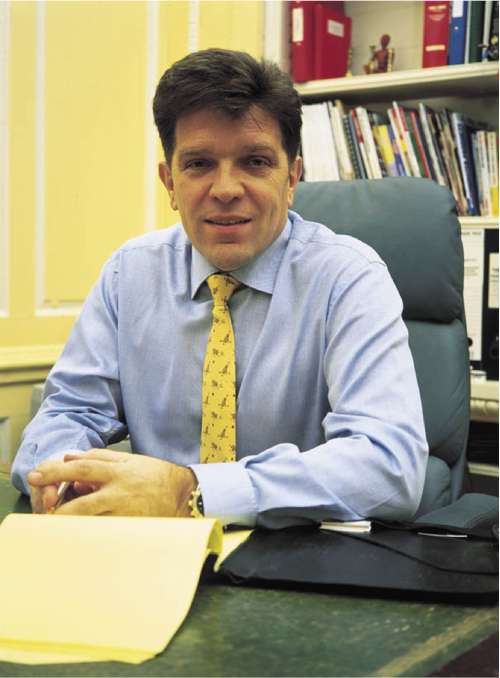The man who spent millions proving he could 'cure' dyslexia

Wynford Dore is a man who divides opinions. Depending on your point of view he has either revolutionised the treatment of dyslexia or has taken advantage of desperate parents by charging them up to £2,000 for an unproven "miracle cure".
This week, however, Mr Dore has been keeping an unusually low profile. Eight years and £15m after the business was set up, the administrators have been called in and all 13 centres in the UK have been closed. The company was taking advance payments until the day it went into liquidation.
It could be a fitting end to the remarkable career of a man who has always revelled in controversy. A multimillionaire businessman who had retired early and gone to live luxuriously on a boat in Spain, Mr Dore had led a life that many would envy – until something happened to make him see the world in a different light. His severely dyslexic daughter, Susie, tried to kill herself at the age of 22. It was, he later said, "the darkest, bleakest time of my life".
"I remember sitting beside her bed in the hospital feeling utterly desperate," Mr Dore said. "To see your child in that state and not be able to help is soul-destroying ... The only thing that eases my conscience is that I would have done anything in the world for her."
Susie had been diagnosed with dyslexia at the age of nine and became isolated and depressed. By her early twenties she had attempted suicide three times. Seeing her struggles, her father decided to channel all his energies into finding an effective, drug-free "cure" for the condition.
Inspired by the American psychiatrist Harold Levinson, who believed that dyslexia was caused by a fault in the cerebellum, an area of the brain controlling balance and muscle movement, Mr Dore came up with a method that aimed to form new neural connections in sufferers by stimulating the cerebellum with exercises such as catching bean bags, threading beads or balancing on a wobble board.
His first centre opened in 2000. Since then he is thought to have treated about 30,000 children and adults and has expanded his business to include centres in Taiwan, Hong Kong, Australia, New Zealand, Barbados, South Africa and the United States. He published a book,Dyslexia: The Miracle Cure, in 2006.
But the programme had been controversial from the start. A number of papers published in the British Dyslexia Association's journal have been critical of the research underpinning the programme. After the British journal Dyslexia published a positive paper about the Dore programme in 2003, it was followed by 10 critical commentaries. In 2006, five members of the journal's board of directors resigned in protest at the publication of a follow-up article, which was supportive of the programme.
Despite the controversy, Wynford Dore always managed to secure good publicity, featuring on television shows such as Tonight with Trevor McDonald and Richard and Judy – appearances that were later reprimanded by the Independent Television Commission, which found that they made "unsustainable" claims about the effectiveness of the programme.
A spokesman for Mr Dore said that every treatment was being sold at a loss. Mr Dore is understood to have put £15m into the business. Last week, it was decided that this subsidy could not continue. "The long-term plan to was get funding from governments," he said. "That hasn't happened."
On Thursday, Mr Dore posted a valedictory video message on his website attempting to silence critics, stressing that he had drawn no salary. "This company is run by me and staff with absolutely the right motives."
But this will be little comfort for the parents of dyslexic children who had pinned their hopes on Wynford Dore and his "miracle cure".
What the programme involves
The Dore programme consists of key exercises designed to stimulate the cerebellum, the part of the brain responsible for balance and co-ordination
*Exercises include: Spinning around on one spot three times on each leg; Doing eye focusing exercises such as tracking a moving light to improve eye-tracking; Catching bean bags while standing on one leg; Threading beads on to strings; Balancing on wobble boards with your eyes closed; Reciting times tables while hopping
Subscribe to Independent Premium to bookmark this article
Want to bookmark your favourite articles and stories to read or reference later? Start your Independent Premium subscription today.

Join our commenting forum
Join thought-provoking conversations, follow other Independent readers and see their replies